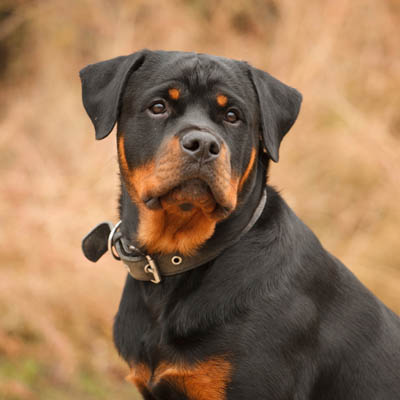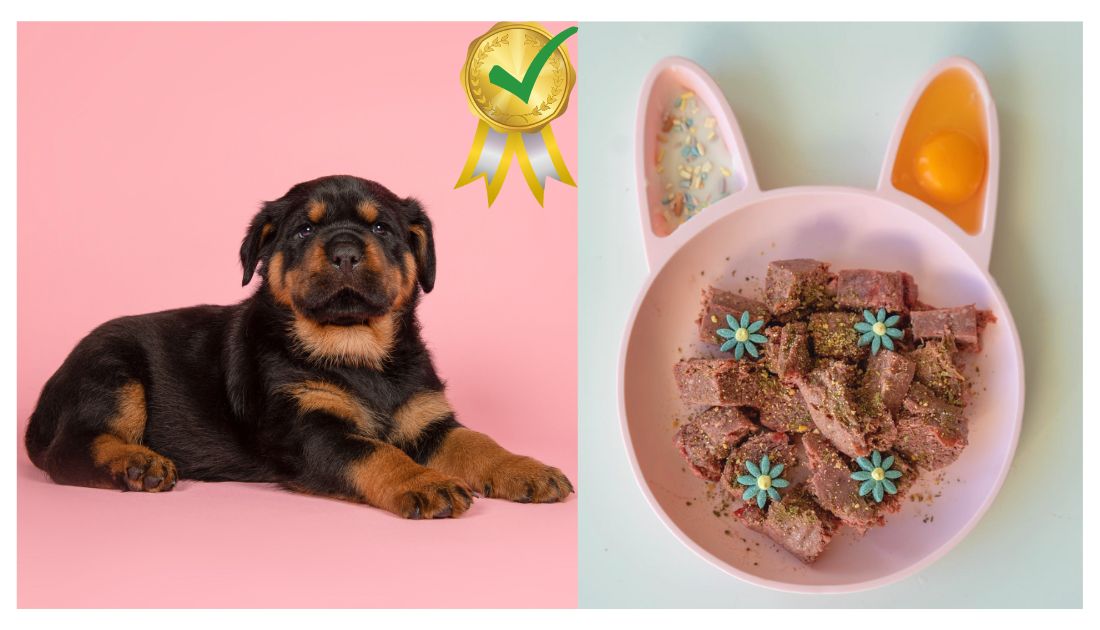So, you’re curious about feeding your Rottweiler a raw food diet, huh? Man, let me tell you, it’s been a journey. I didn’t just wake up one day and decide, “Yep, raw food it is!” It was more of a slow burn, a lot of trial and error, and honestly, a bit of desperation at first.
How It All Started
My big guy, let’s call him Bruno, he’s my pride and joy. But for a while there, he just wasn’t himself. His coat was dull, he was always scratching, and his energy levels were just… meh. We tried all sorts of expensive kibbles, grain-free this, limited-ingredient that. Nothing really made a huge difference. The vet bills for skin issues were starting to pile up, and I just felt helpless.

I started digging around online, you know, late-night research sessions. Kept bumping into this “raw feeding” thing. At first, I was super skeptical. Sounded complicated, dangerous even. People were talking about bacteria, balancing nutrients – it felt like you needed a PhD in dog nutrition!
Taking the Plunge (and the Initial Panic)
But the more I read personal stories, the more I thought, “What if?” So, I decided to give it a shot. My first step was trying to figure out what the heck a “balanced” raw meal even looked like for a Rottie. There’s so much conflicting info out there, it’s a minefield. Some say 80/10/10 (meat/bone/organ), others have different ratios. It was overwhelming.
I didn’t go all-in overnight. That seemed like asking for trouble, especially with Bruno’s sensitive stomach. I started by introducing small amounts of raw meat alongside his kibble. Just to see how he’d take it. He loved it, of course. What dog wouldn’t prefer real meat over dry biscuits?
The Nitty-Gritty: My Process
Once I felt a bit more confident, I properly started. My weekends suddenly became all about food prep. Here’s kinda what I did, and still do:
- Sourcing the Goods: This was a big one. I found a local butcher who could get me decent deals on things like chicken backs, necks, beef heart, liver, and kidney. Sometimes I hit up the supermarket for sales on muscle meat. It’s definitely more effort than grabbing a bag of kibble. I also looked for good sources of green tripe – smelly, but a game-changer.
- The Big Chop: I bought a big cutting board and a decent meat cleaver. Sunday afternoons were spent chopping, portioning, and bagging. My freezer became 70% dog food. My wife thought I was nuts at first.
- Balancing Act (My Amateur Version): I tried to stick to a rough guideline: a good chunk of muscle meat, about 10-15% edible bone (like chicken wings or necks – never cooked bones, obviously!), and about 10% organs (half of that being liver, the other half other secreting organs like kidney or spleen). This took a lot of fiddling. I’d weigh everything out.
- Adding the Extras: I also started adding things like a raw egg a few times a week, some plain yogurt or kefir for probiotics, and occasionally some pureed veggies (though some raw feeders skip veggies altogether). I also made sure to include some oily fish like sardines for omega-3s.
- Observation is Key: This was, and still is, super important. I watched Bruno like a hawk. How were his stools? His energy? His coat? If something seemed off, I’d try to tweak the ratios. For example, too much organ meat too soon can lead to loose stools. Learned that the hard way.
What Changed? The Good Stuff!
Okay, so after a few months of this, the changes were pretty amazing. Bruno’s coat got incredibly shiny. Like, show-dog shiny. The constant scratching? Gone. His energy levels went through the roof – he was like a puppy again on our walks. And, TMI, but his poops became smaller, firmer, and way less smelly. That was a win in itself!
His teeth also got way cleaner. The gnawing on raw meaty bones really does a good job as a natural toothbrush.
Was It All Sunshine and Rainbows?
Heck no. In the beginning, I was constantly worried if I was doing it right. Was he getting enough calcium? Too much phosphorus? It’s a mental load, for sure. There were times I almost gave up and went back to kibble just for the convenience.

Meal prep is time-consuming, no doubt about it. And yes, it can be more expensive than cheap kibble, though I found it comparable to the premium stuff I was buying before, especially if you source smart.
You also have to be super careful with hygiene. Raw meat means bacteria. So, lots of hand washing, and cleaning surfaces and bowls thoroughly.
My Takeaway After All This Time
I’ve been doing this for a good few years now with Bruno. It’s become second nature. I don’t stress about it as much as I did in the beginning because I’ve seen the results. For my dog, it worked wonders.
It’s not for everyone, and it’s definitely a commitment. You gotta be willing to put in the research and the effort. But seeing Bruno thriving, happy, and healthy? Yeah, for me, it’s been totally worth the messy kitchen and the freezer full of meat.
If you’re thinking about it, my advice is to do tons of research from reputable sources, start slow, and really pay attention to your dog. Every dog is different, but for my Rottie, raw has been a game-changer.





